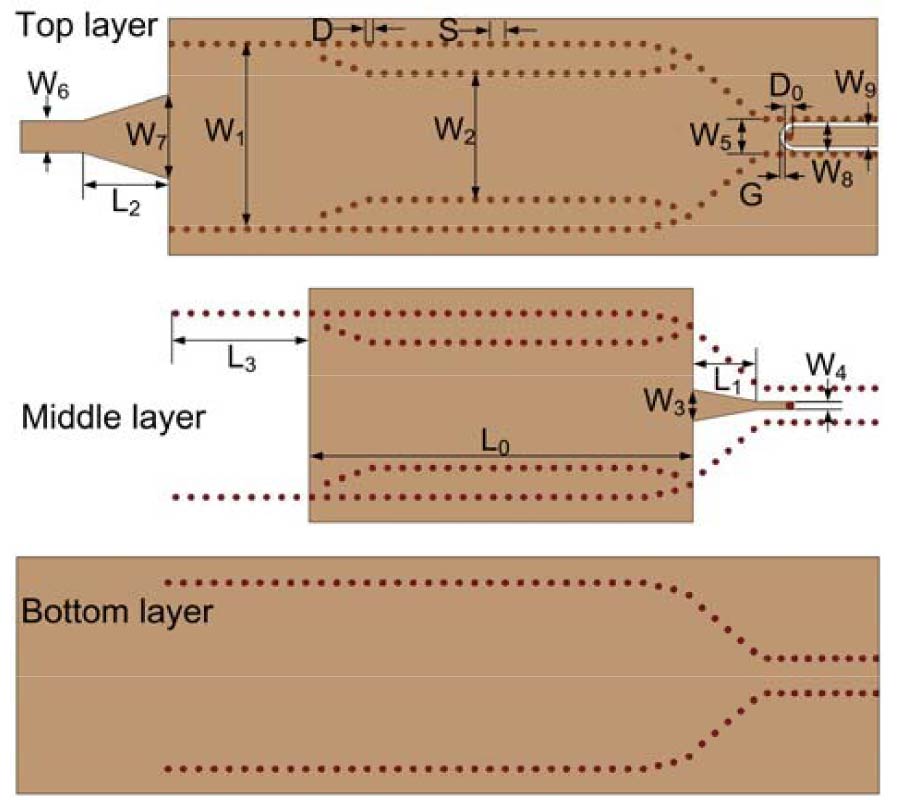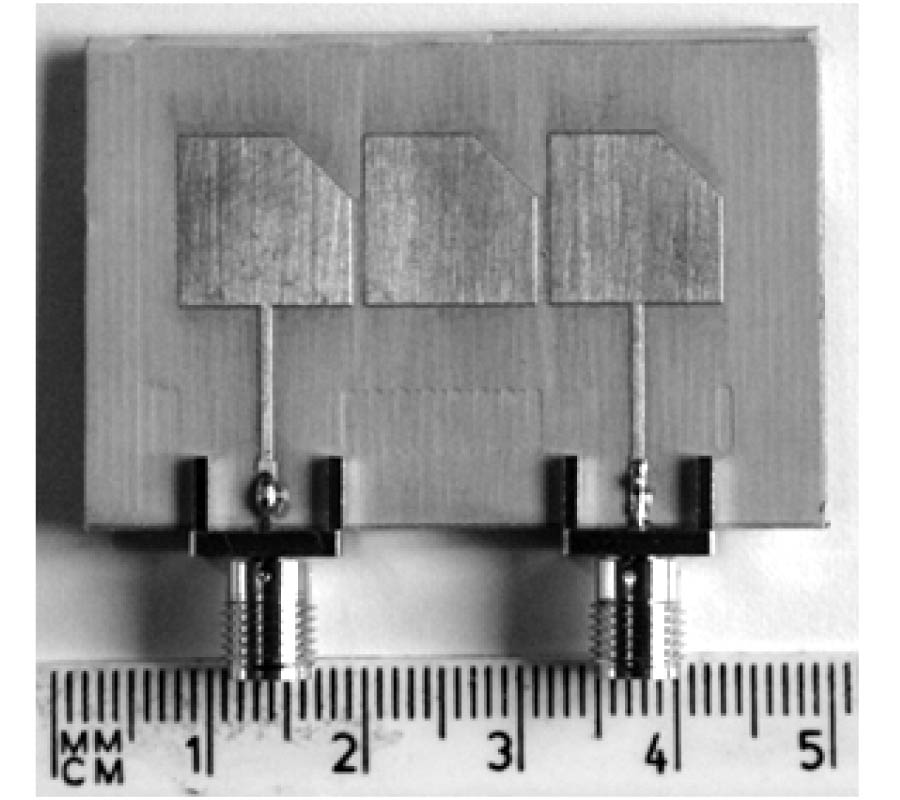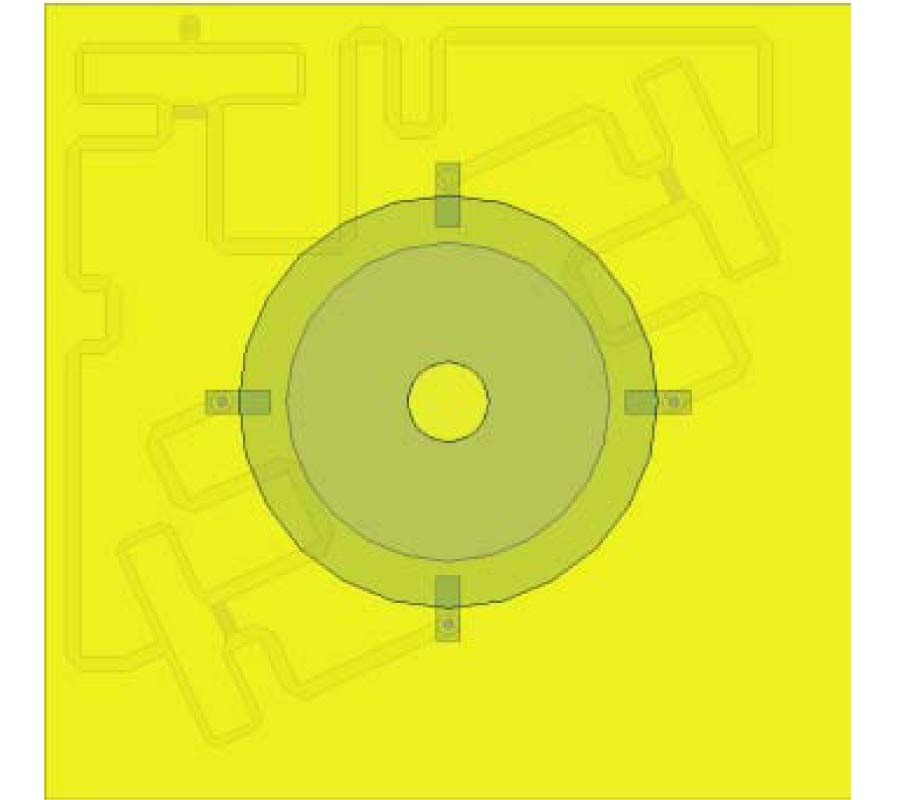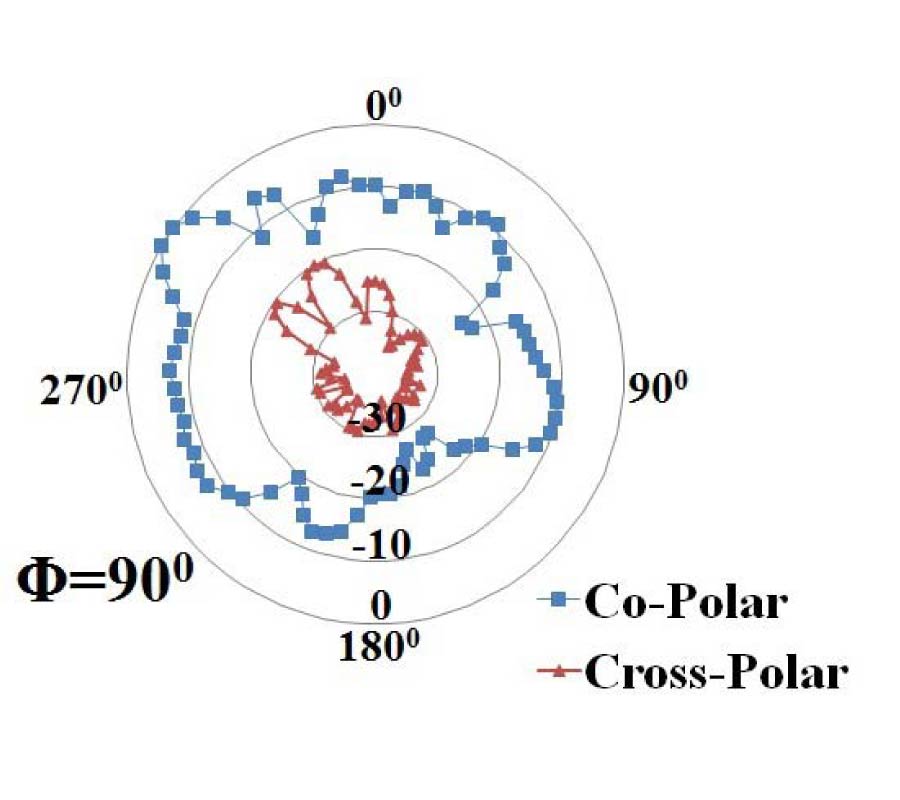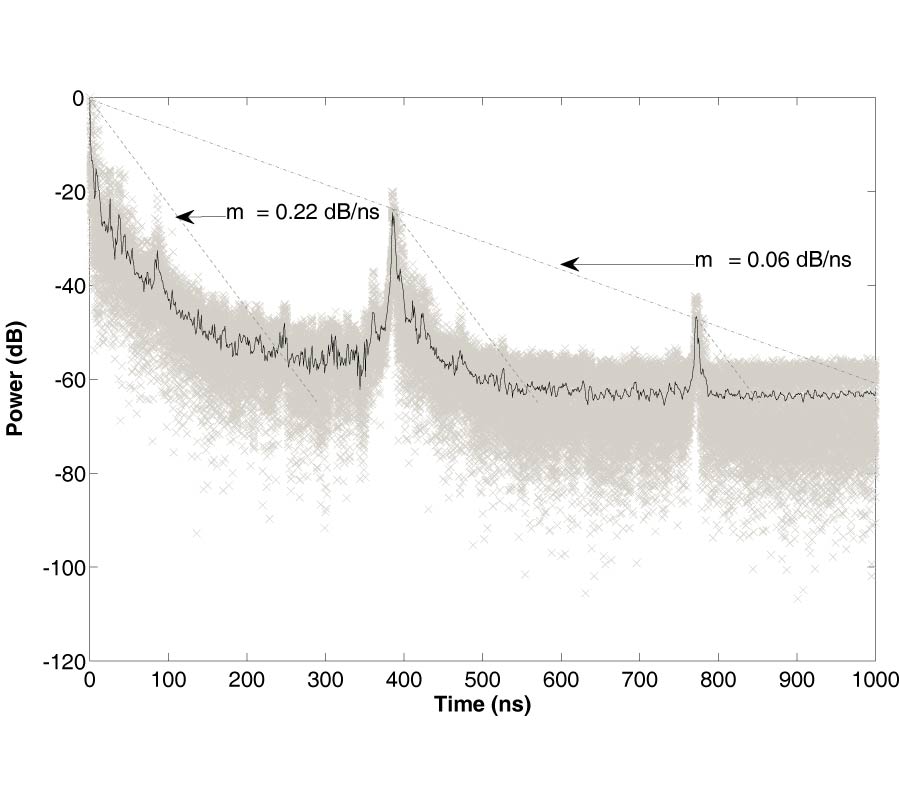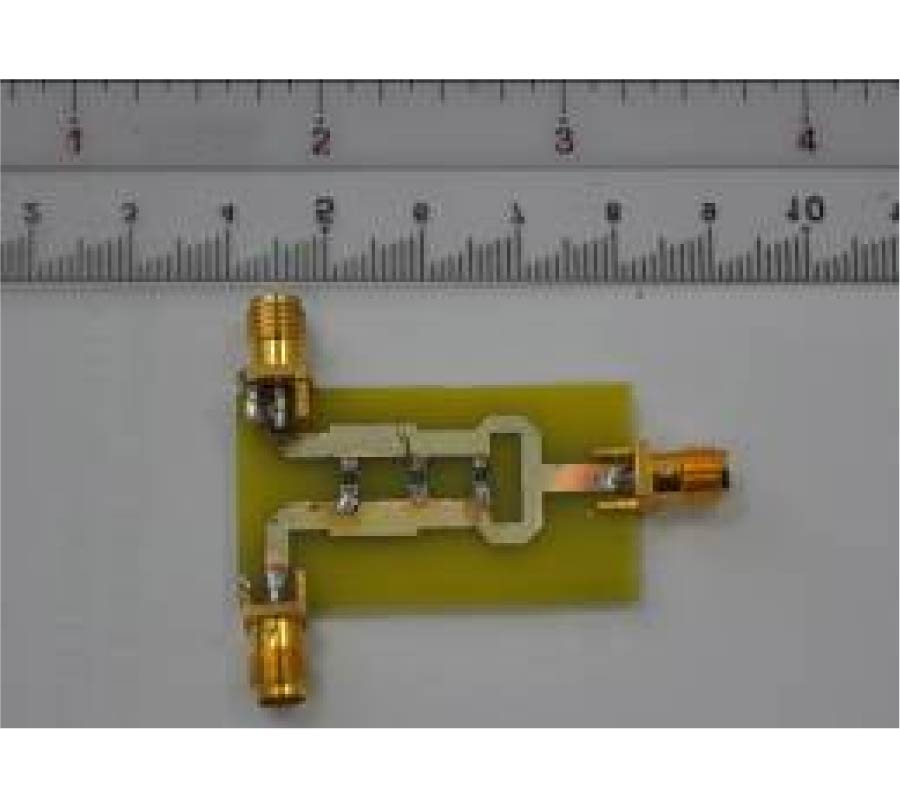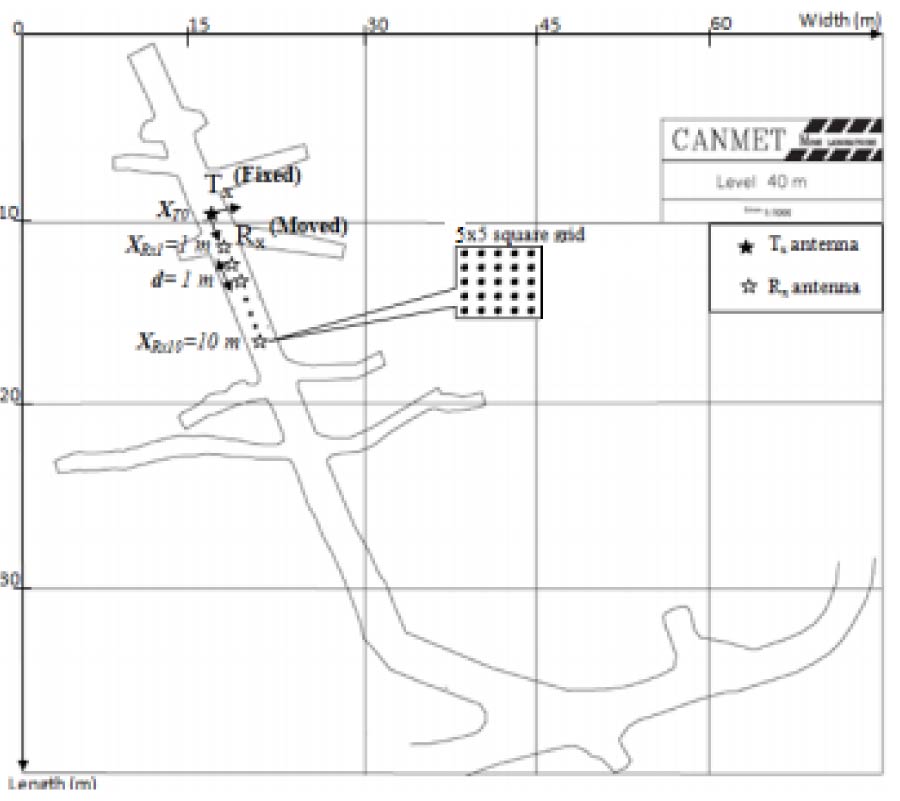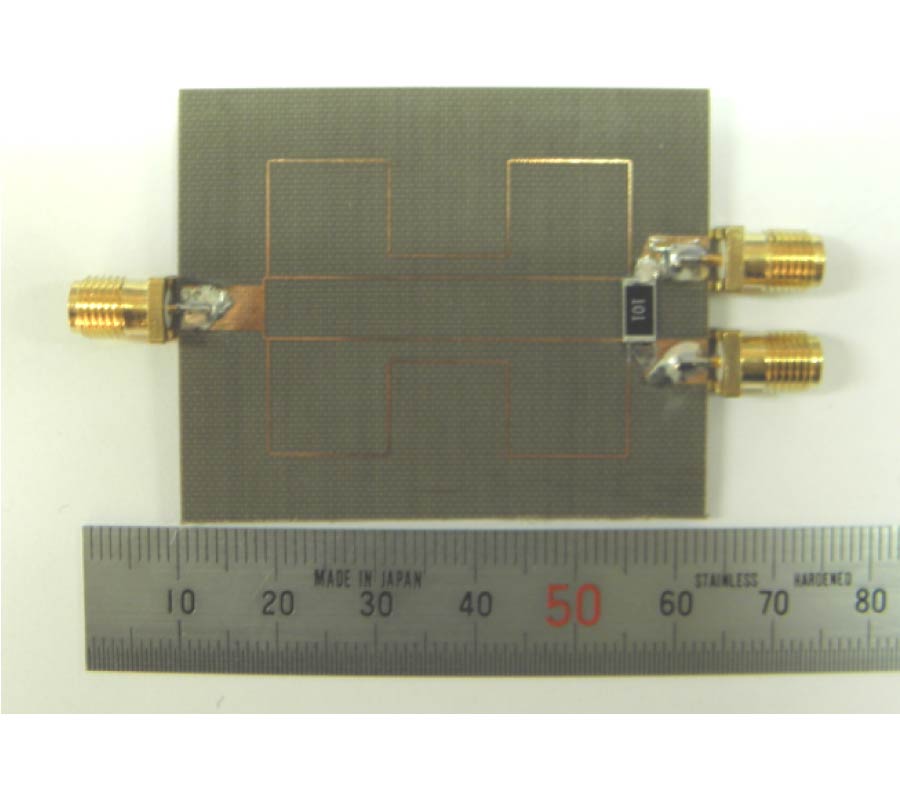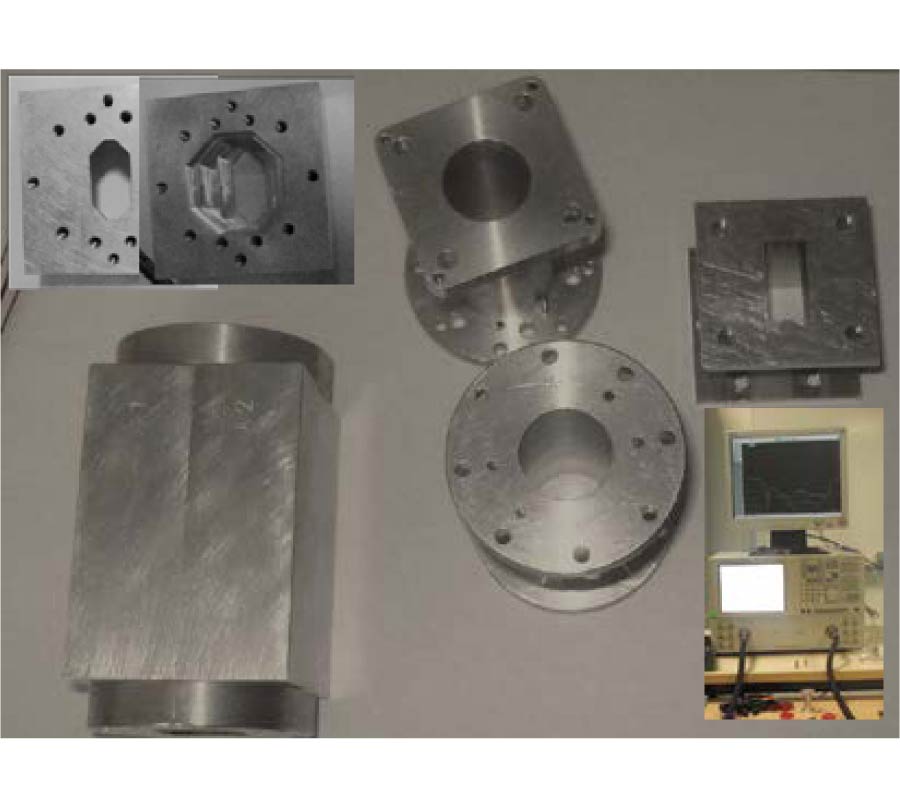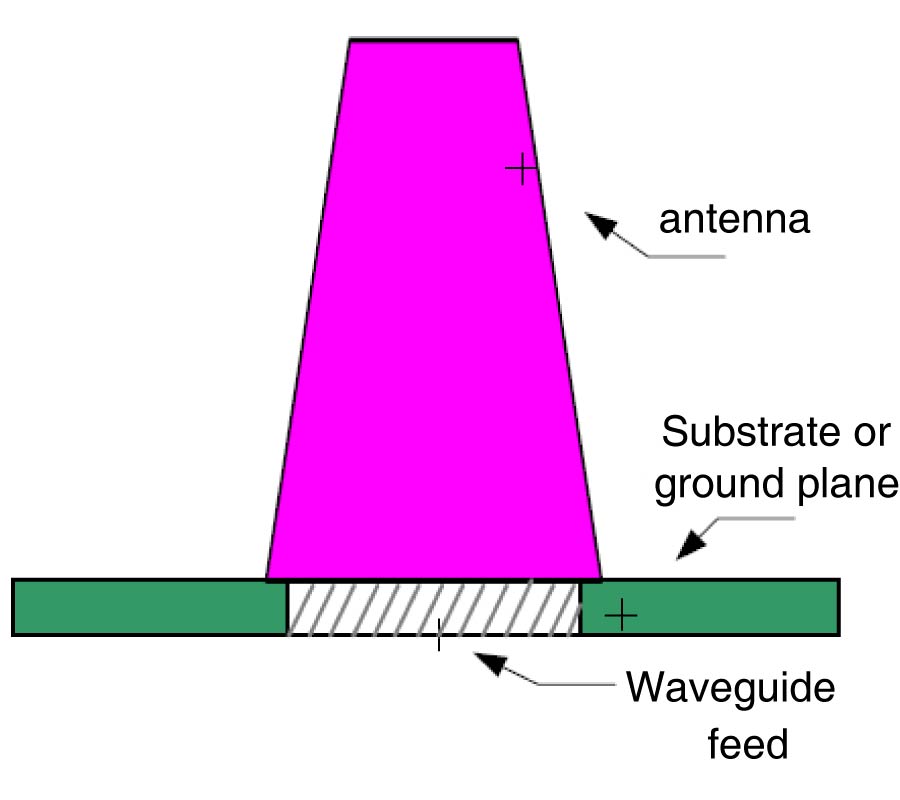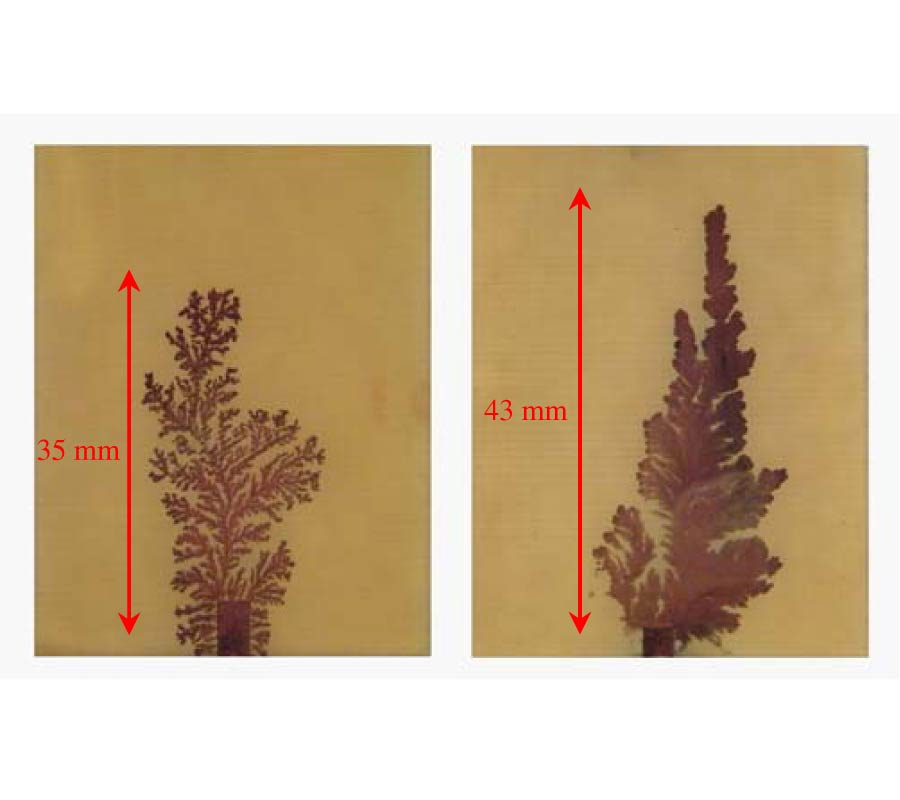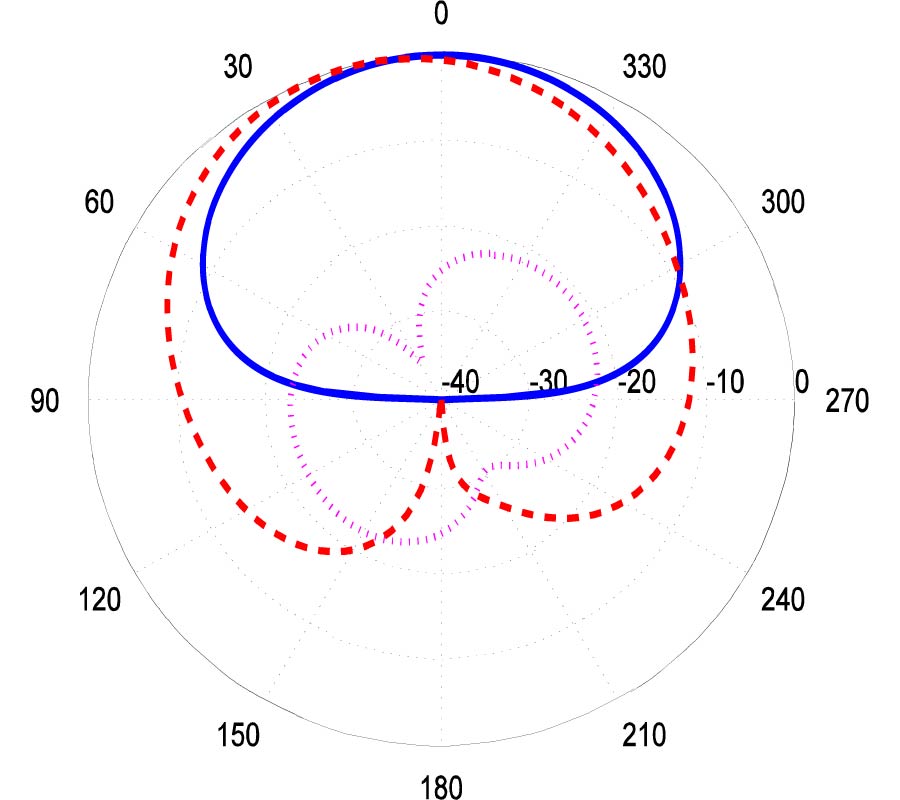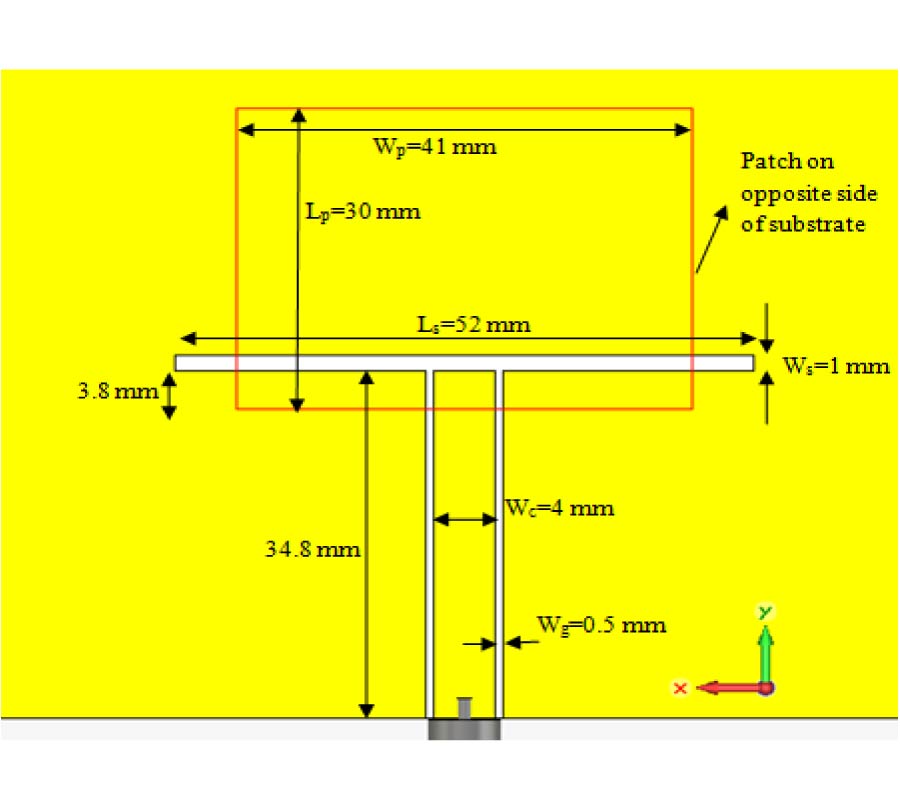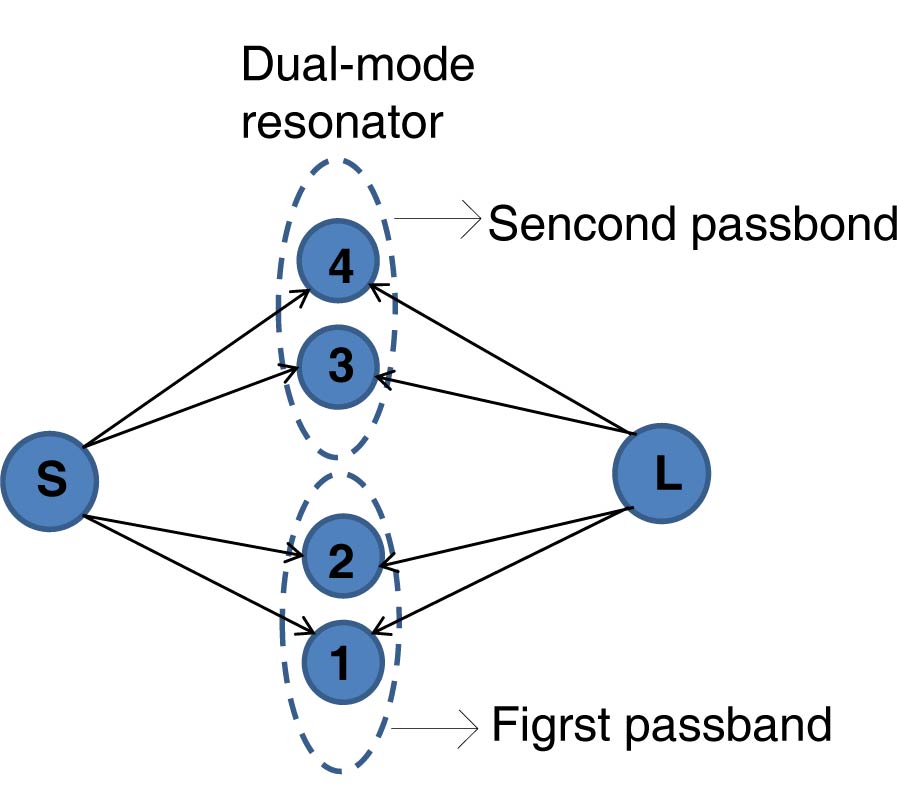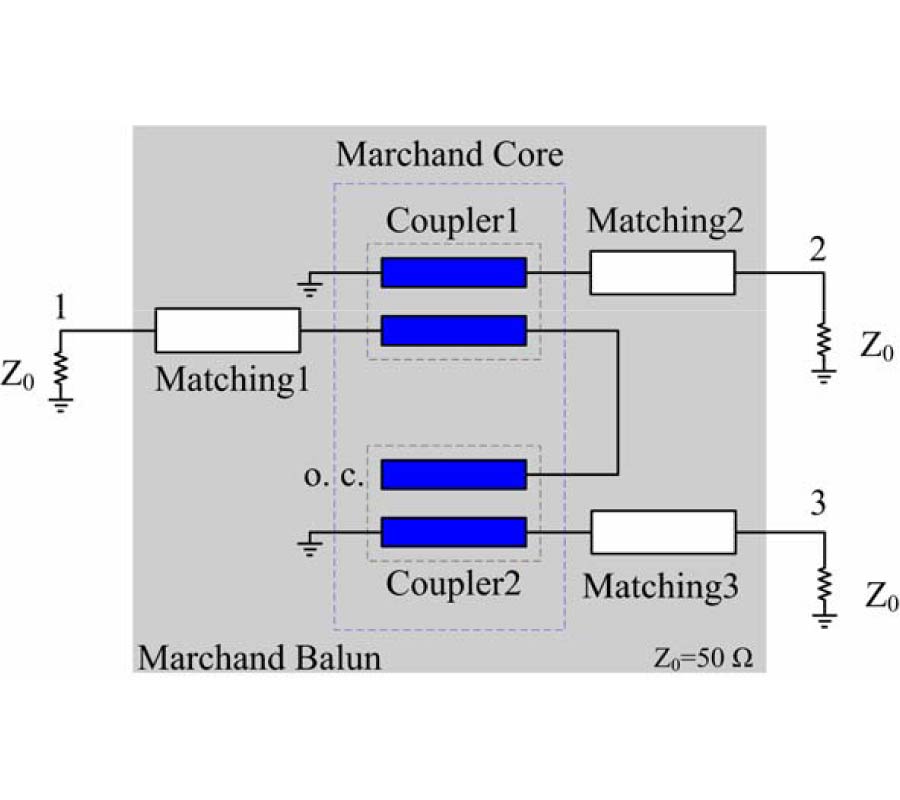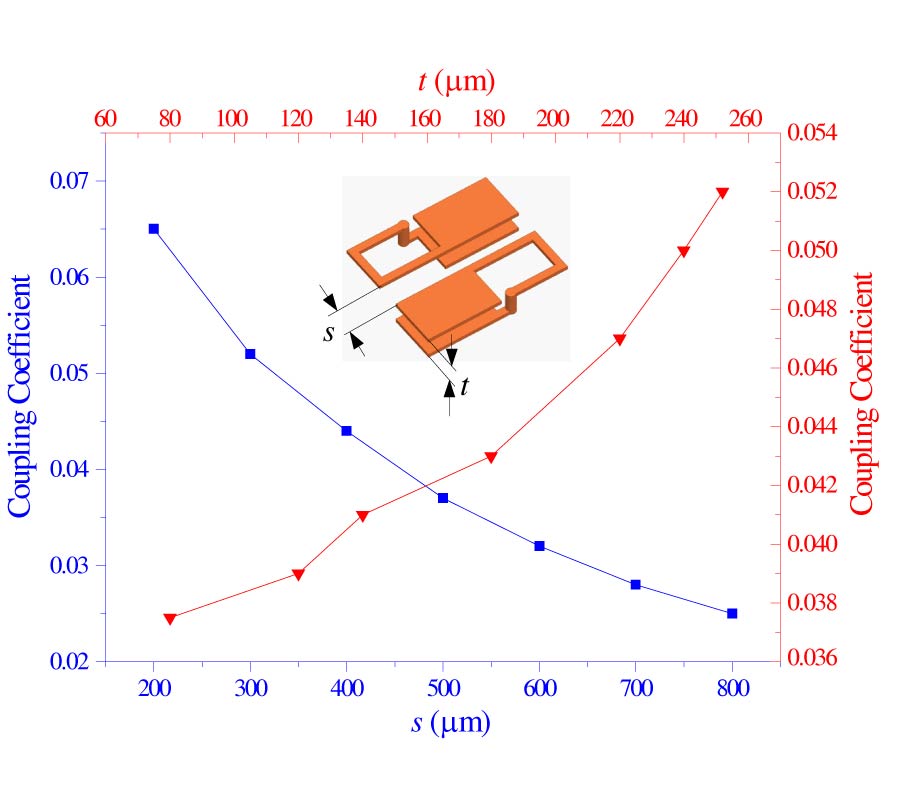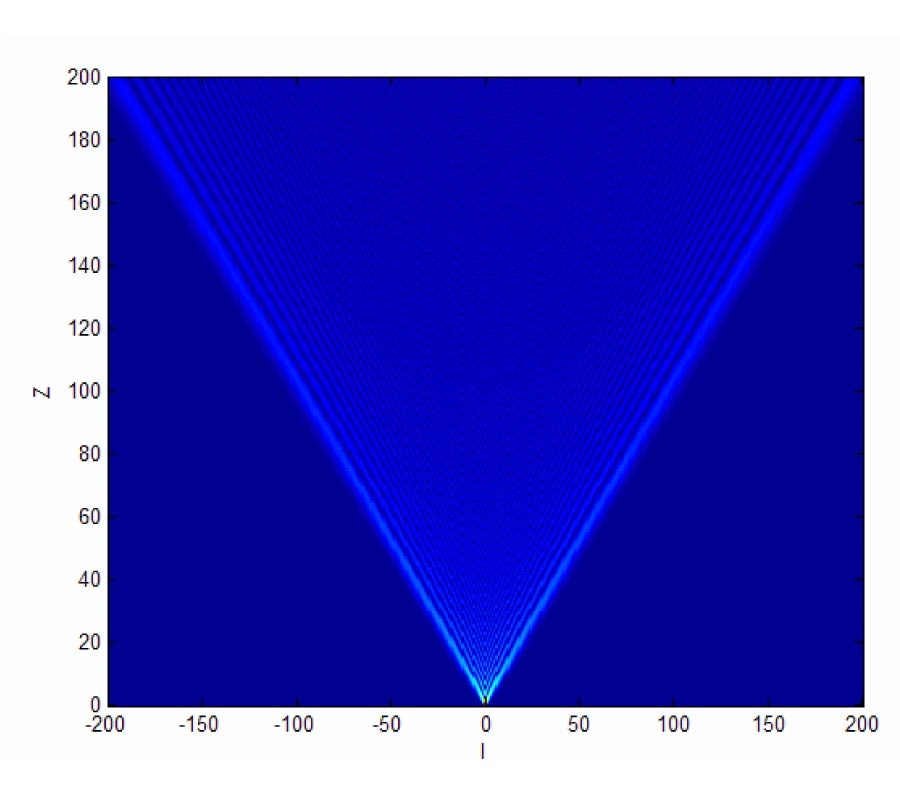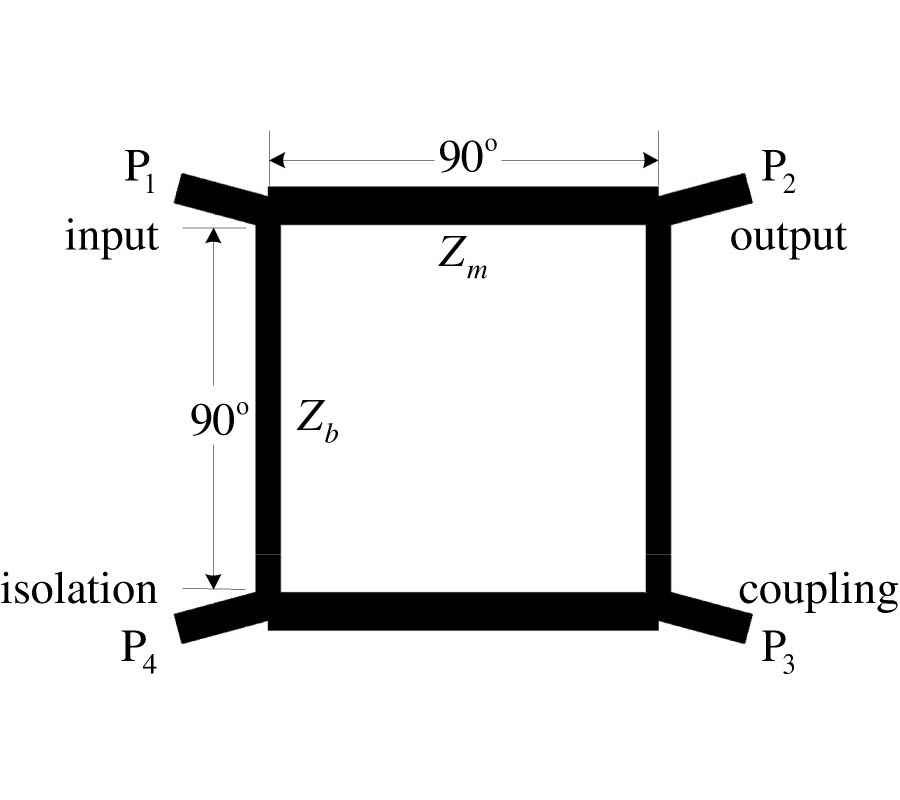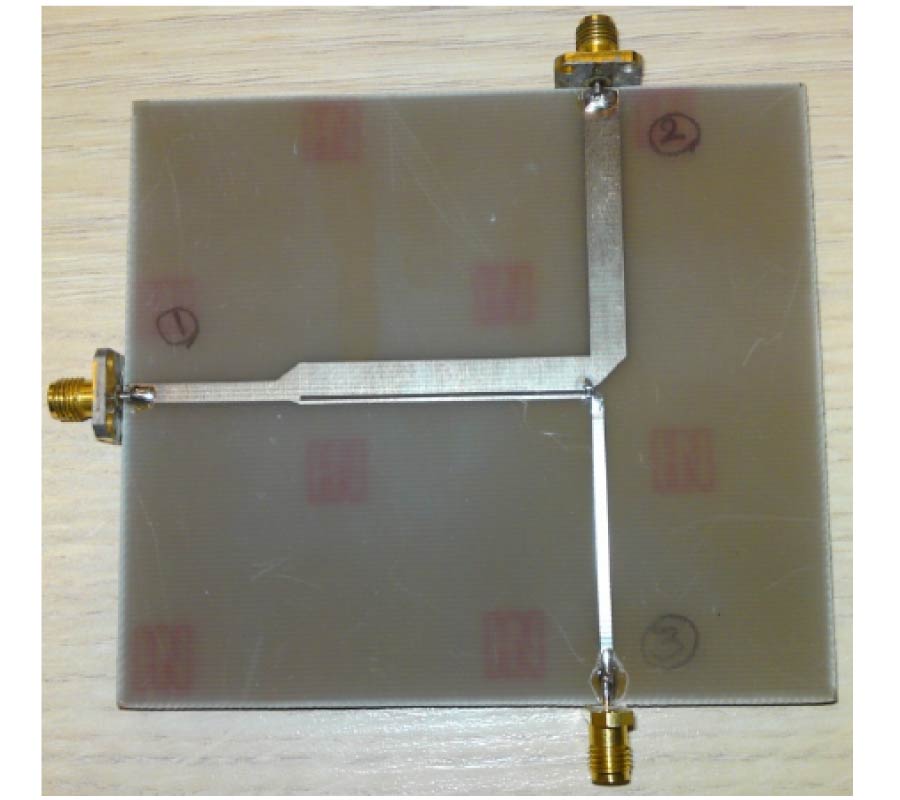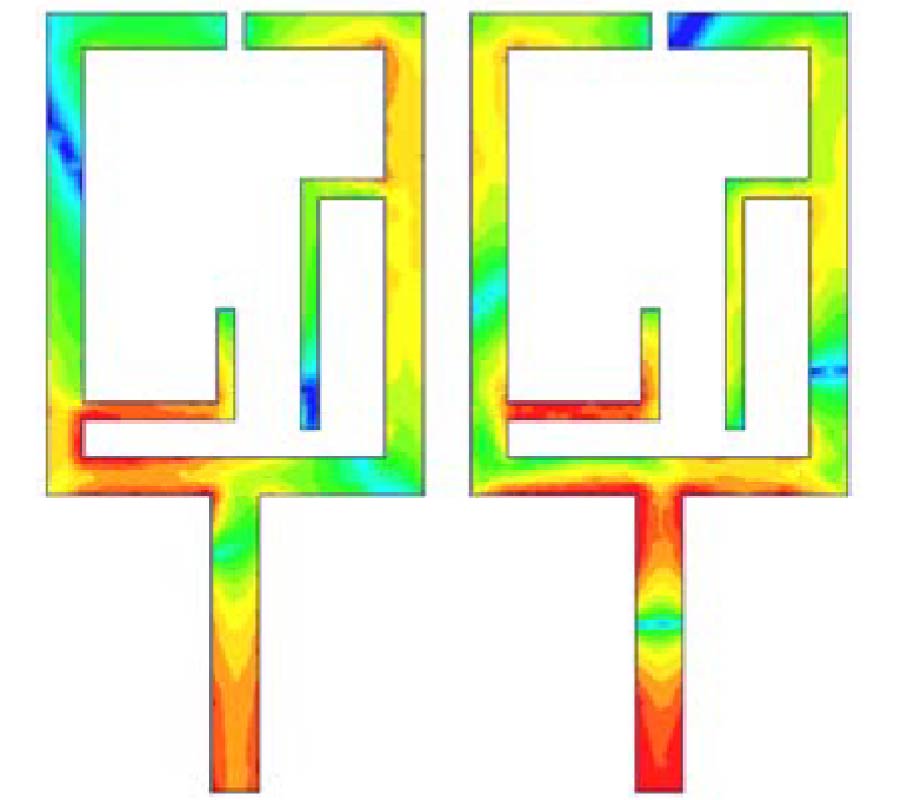Experimental Characterization of Wireless MIMO Channel at 5.8 GHz in Underground Gold Mine
Bilel Mnasri,
Mourad Nedil,
Nahi Kandil,
Larbi Talbi and
Ismail Ben Mabrouk
This paper presents analysis results relative to an underground MIMO channel. Measurement campaigns were conducted in a former gold mine at a center frequency of 5.8 GHz under Line-Of-Sight (LOS) scenario. Extracted data have been processed to obtain the relevant statistical parameters of the channel. The resulting propagation behavior differs from frequently encountered in more typical indoor environments, such as offices and corridors. Indeed, the path loss exponent is less than 2 in MIMO configuration due to the large number of scatters that increase the received power when compared to the free-space case. Moreover, there has been a significant increase in spectral efficiency, when using MIMO technique. Hence, according to calculated statistical parameters, wireless link performance is improved through the use of the MIMO scheme. All in all, multi antenna systems present an ideal alternative for future underground communication systems.
